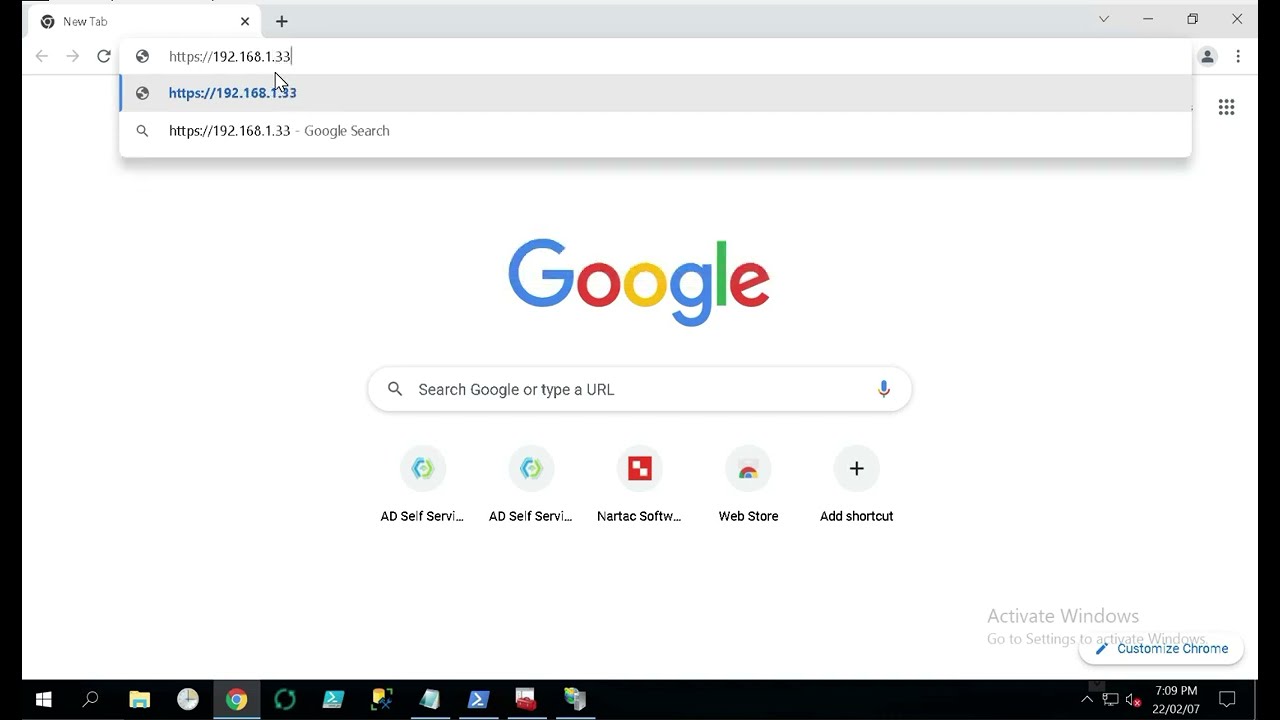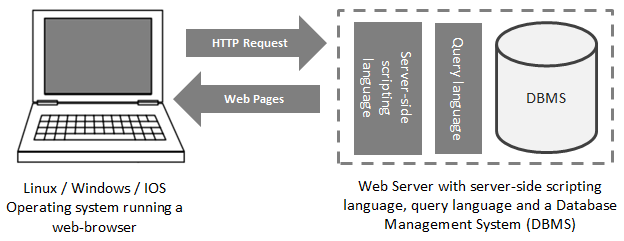
There are several factors that affect hosting website costs. For beginners, it's best to avoid self-hosted sites. These platforms can be set up and optimized for a cost of anywhere from $1100 to $3800. In addition, regular maintenance and optimization will be required.
Shared hosting
The best option for new website owners is shared hosting. However, as the site grows, it can be costly. This is due to the fact that shared hosting requires you keep your website updated regularly. It could also be vulnerable for security issues that may affect other websites. A shared website hosting provider has several different levels of service. You can choose to pay a small fee or get a better service for free.

This is the cheapest way to host your website. It is best suited to small and simple websites. There are many plans available, with different features and prices. The most basic option will cost you the least, while more expensive plans can include unlimited email accounts as well as hosting more domains.
Search engine advertising
Search engine advertising is a powerful way to promote your company's name all around the globe. This method is not cheap and requires the hosting of your website. It requires programming and graphic design skills. In addition, the more complex your website is, the higher the costs will be.
Purchase a template
A template can be a great way of reducing hosting costs. Templates are built for WordPress and generally cost from $30 to $300. They are available online at TemplateMonster and ThemeForest. Many theme providers have bundled services that give you access to all their premium templates and website builders.
Templates often feature beautiful colors, attractive graphics, and impressive animations. While this approach may be great for displaying static information, it isn't a good solution if you plan to include dynamic content. Many websites today need dynamic data to be collected, processed, and displayed. To build a website that meets all of these requirements, you should consider purchasing a custom template.

Website hosting plans can be expensive, but most websites cost $10 to $30 per monthly. Third-party advertising and branding are not included in your hosting plan. You will see the real cost savings when you build your website. For a monthly fee, you can hire a freelancer to build your site.
FAQ
How do I design a website.
First, you need to know what your customers want from your site. What are they looking at when they visit your site.
What problems might they have if they don't find what they're looking for on your site?
Once you know this, you must figure out how to solve those problems. It is also important to ensure your site looks great. It should be simple to navigate and use.
Your website should be well-designed. You should ensure that your site loads quickly. If it takes too many seconds, people won’t be able stay as long. They'll leave and go elsewhere.
It is essential to determine where all your products reside before you start building an eCommerce website. Are they all in the same place? Are they in one location?
You must decide whether to sell one product only or many products simultaneously. Are you looking for a single product to sell or multiple products?
When you answer these questions, your site can be built.
Now it is time to focus on the technical side. What will it take to make your site work? Is your site fast enough to be useful? Are people able to get it done quickly from their computers?
Are people able to purchase something without paying extra? Are they required to register before they can buy anything?
These are essential questions that you need to ask yourself. When you have the answers, you can move on.
Is WordPress a CMS?
Yes. It is called a Content Management System. A CMS allows you to manage your website content from within a web browser instead of using an application such as Dreamweaver or Frontpage.
WordPress's best feature is its free pricing! Hosting is all you need, and it's usually free.
WordPress was initially intended to be used as a blog platform. Now, WordPress offers many different options: eCommerce sites, forums. Membership websites. Portfolios.
WordPress is simple to install and configure. It is necessary to download the installation file from their site and upload it on your server. After that, you can simply access your domain name with your web browser.
After installing WordPress, register for a username/password. Once you've logged in, you'll see a dashboard where you can access all of your settings.
From here, you can add pages, posts, images, links, menus, widgets, and plugins. This step may be skipped if you feel confident editing and creating content.
But if you'd rather work with someone, you can hire a professional website designer to handle everything.
What is the cost of building a website?
The answer depends on what you are trying to achieve with your website. For instance, if you just want to post information about yourself or your business, you might be able to get away with free services such as Google Sites.
But if your goal is to attract visitors to a website, it's likely that you'll need to invest in something more robust.
The best option is to use a Content Management System, such as WordPress. These programs make it easy to create websites without any programming knowledge. The sites are hosted by third-party businesses, so there is no risk of your site being hacked.
Squarespace is another service that can be used to build websites. There are a number of plans available, with prices ranging from $5 per Month to $100 Per Month depending on the features you wish to add to your website.
Can I make my website using HTML and CSS?
Yes, you can! You will need basic knowledge of web design and programming languages like HTML (Hyper Text Markup Language) and CSS (Cascading Style Sheets). These two languages make it possible to create websites accessible by all who have an internet connection.
Are there any technical skills required to design and build my site?
No. All you need to understand HTML and CSS. You can find tutorials online for HTML and CSS.
How do I choose the right domain name?
It is crucial to choose a great domain name. If your domain name is not great, people won't be able to find you easily when they search the internet for your product.
Your domain name should be concise, memorable, unique, relevant, and easy to remember. Ideal domain names are something people would type into their browser.
Here are some ways to choose a domain name.
* Use keywords relevant to your niche.
* Do not use (-), symbols or hyphens.
* Don't use.net or.org domains.
* Avoid using words that are already taken.
* Avoid using generic terms like "domain"/website.
* Make sure it's available.
Statistics
- Did you know videos can boost organic search traffic to your website by 157%? (wix.com)
- Is your web design optimized for mobile? Over 50% of internet users browse websites using a mobile device. (wix.com)
- Studies show that 77% of satisfied customers will recommend your business or service to a friend after having a positive experience. (wix.com)
- It's estimated that in 2022, over 2.14 billion people will purchase goods and services online. (wix.com)
- When choosing your website color scheme, a general rule is to limit yourself to three shades: one primary color (60% of the mix), one secondary color (30%), and one accent color (10%). (wix.com)
External Links
How To
How to use Drupal 7 for Web Design
Drupal is one the most widely used Content Management Systems (CMSs) today. It was developed in 2003 by Dries buytaert of Belgium. The name comes from the two first letters of its developer's names, Dirk Buijtewaard and Pierre d'Herbemont. Drupal was open-sourced in 2005. Many versions of the CMS have been developed since then. Drupal is used worldwide by many websites and businesses.
Drupal is a popular choice for website owners because of several reasons. Drupal is free to download, and easy to install. It is also easy to modify and expand. It is well-documented. It provides tremendous support via IRC channels and forums. It can be extended via modules. Sixth, it supports multiple language versions. It is also easily customizable. Eighth, it can be scaled. It is secure. Tenth, it's reliable. It is also supported by the community. Drupal is the perfect choice for your next projects because of these features.
You might wonder what makes Drupal stand out from other CMS platforms. It's easy. Drupal is an open-source content management system. Drupal is completely free and can be downloaded freely. With Drupal, you have complete control over your website. You can add and remove pages, change colors, fonts and images, as well as modify videos.
If you want to create a website but lack technical skills, then you can choose Drupal. You don't have to be a programmer to build your website, unlike other CMS. All you need is to learn how to use the essential functions of Drupal. Then you will be able to modify your website according to your needs.
Another benefit of using Drupal is its many pre-built themes and plugins. These plugins can be used to improve your site's functionality. For example, you can use the Contact Form module to collect contact information from visitors. Google Maps is another option to show maps on your website. There are thousands of ready-made templates that come with Drupal. And these templates give your website a professional look.
Drupal's flexibility is another advantage. You can add new modules and even replace existing ones without worrying about compatibility issues. It's easy to integrate social media on your website. You can also set RSS feeds up, subscribe to e-mails, and many other things.
In addition, Drupal is highly customizable. You can add custom fields and forms, manage users, and more. Drupal also allows for complex layouts.
Drupal is reliable and robust. It is stable and scalable. Also, it offers excellent security features. Drupal is well worth looking into if you are looking for a web development platform that works.